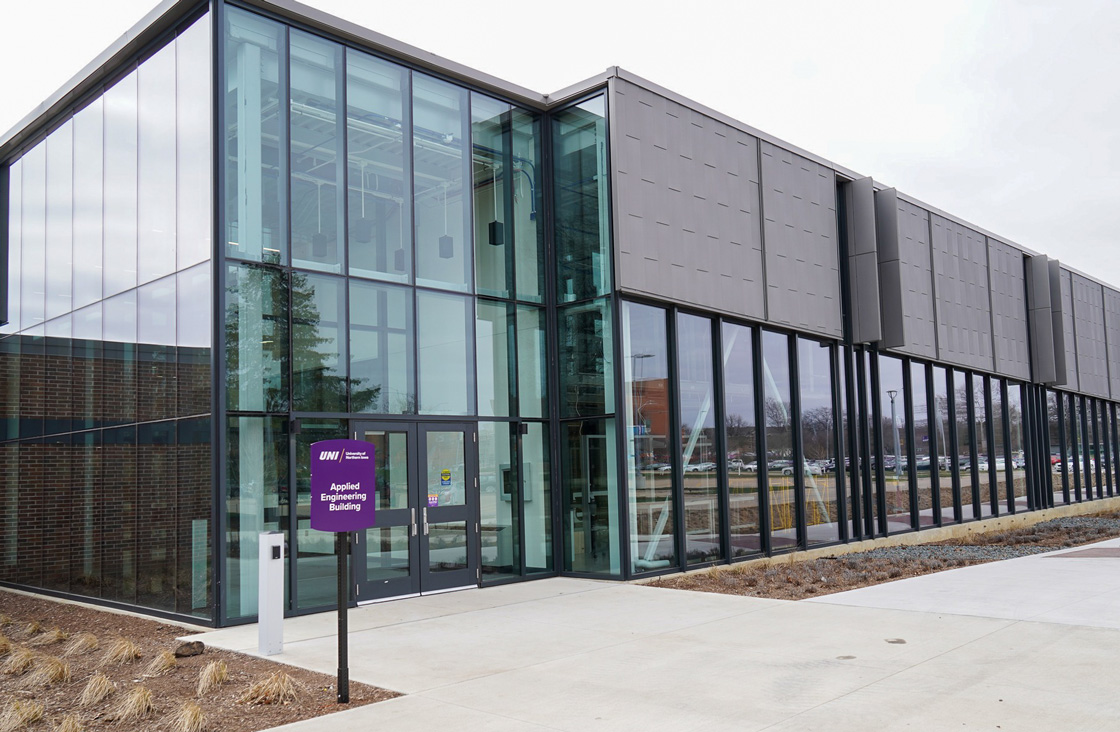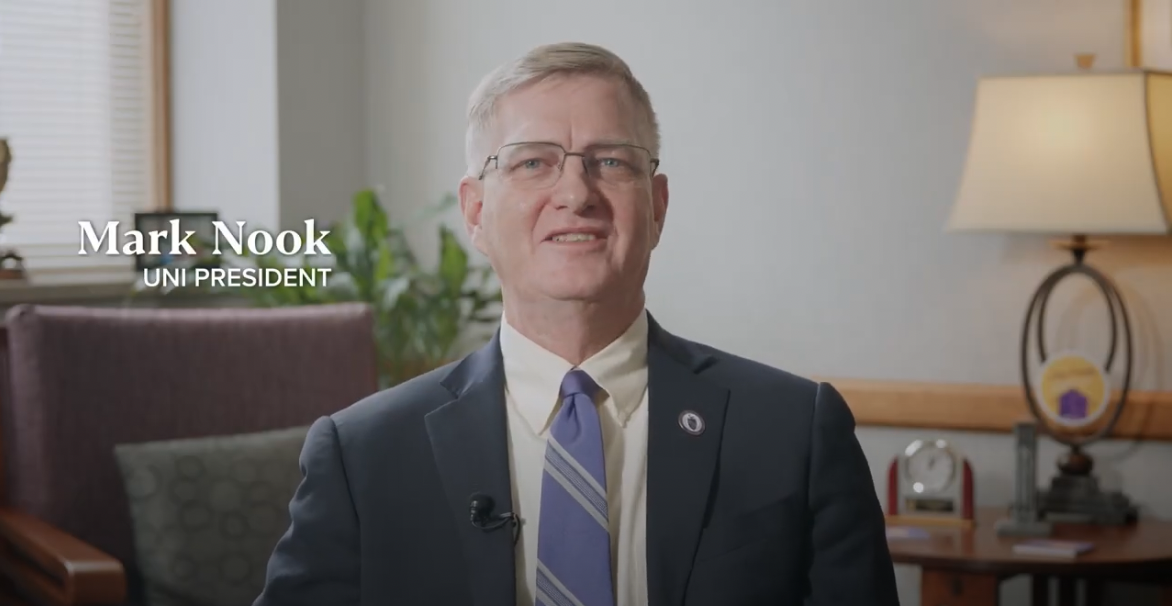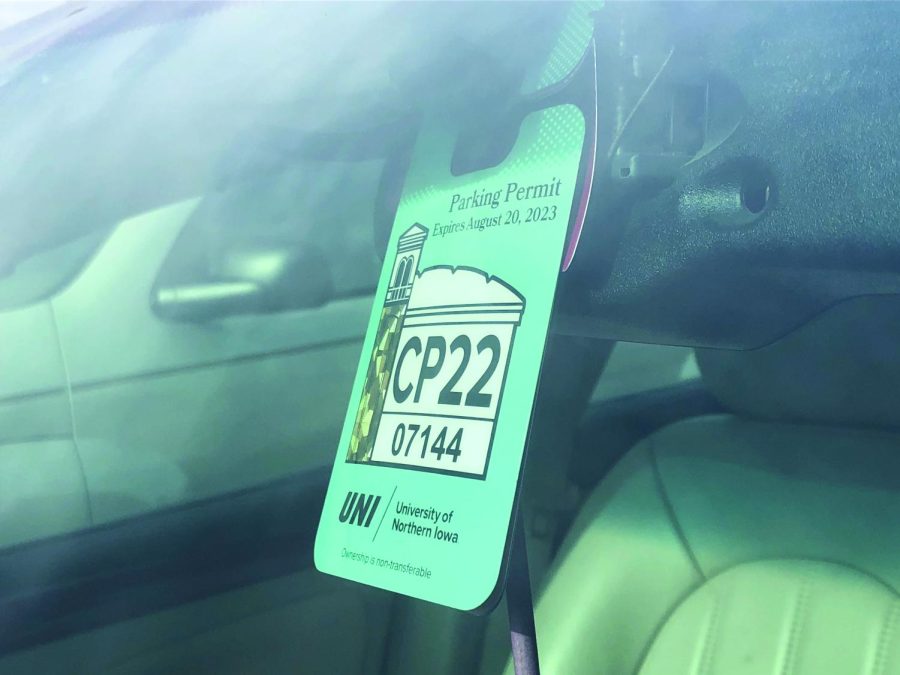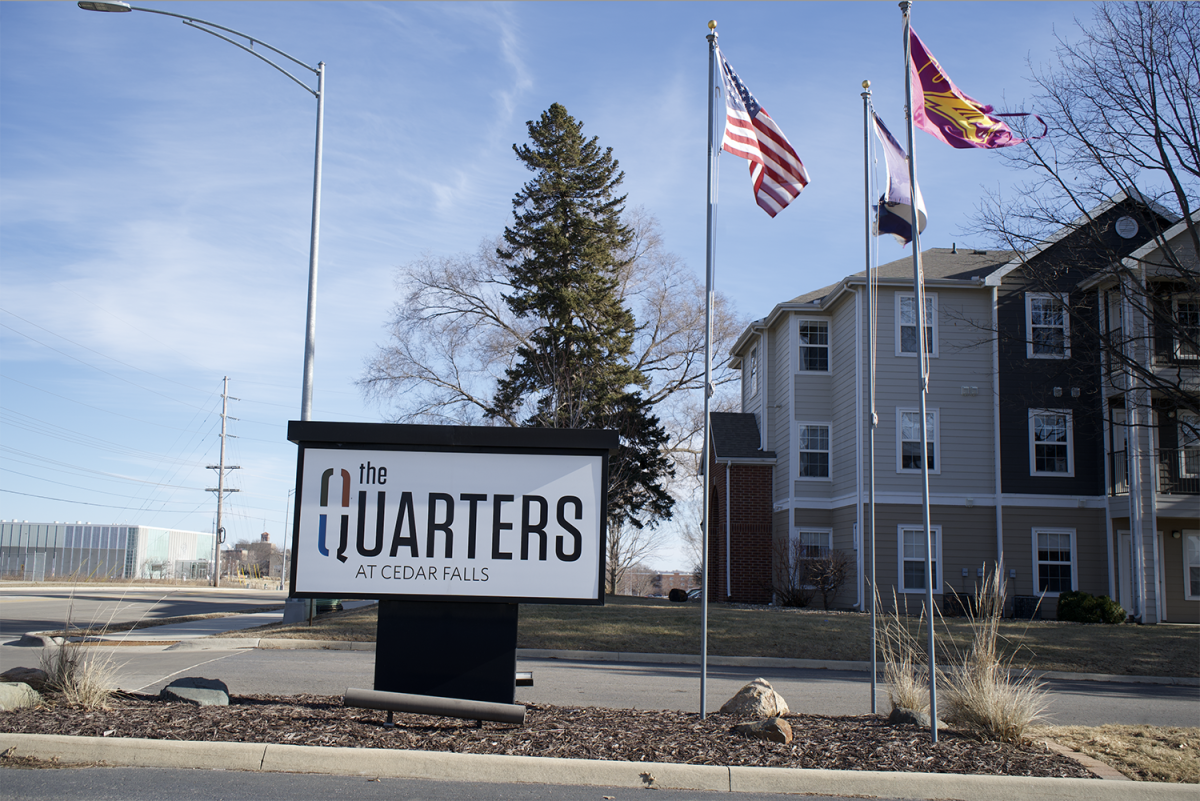Zombies, vampires and cyborgs, oh my! If monsters spark your interest, there’s a capstone for that. Monsters, Vampires, and Religion: An Awesome Alliance was developed by professor of religion, Martha Reineke, and made its premiere on the academic scene last May.
“I wanted to create a course that would not entail traveling to the other side of the world to do something interesting in May but also wouldn’t be a regular ‘sit in your seat and take notes on lectures’ course,” Reineke said.
For a part of the capstone, students will choose a young adult novel about monsters and create a project based on this novel. Then the class discusses the book Religion and Its Monsters by Timothy Beal, focusing on how, throughout human history, many would rely on their religion to protect them from the perceived threat of monstrosity.
“The book suggests that when monsters stopped being the focus of religious interest in the modern era — because humans ceased to believe that monsters actually exist — people continued to be fascinated, in a kind of religious way, by monsters’ powers,” Reineke said.
Shelby Siemers, a senior family services major who took this course in the past, said monsters remain relevant in today’s society, serving as a reflection of cultural mores and norms.
“We covered how monsters pop up constantly and we’re so drawn to them because it helps us take what we see wrong in humanity and project it onto something inhuman,” Siemers said.
But what sets this capstone apart from the others? According to Reineke, “the ideal capstone brings students from every major together to create a group learning experience that simply would not happen if they all had the same major.” With emphasis on the class’s projects, it is an opportunity to showcase a student’s major as well as the concept of monsters in a variety of ways.
For example, a past student majoring in history compared the Black Plague in Medieval Europe with a zombie apocalypse, and drew similarities between the two. A past student majoring in computer science developed a computer simulation of a zombie epidemic in Waterloo and Cedar Falls. Examples of hypothetical projects, provided by Reineke, include a psychology major performing a study of dreams featuring vampires and zombies or an art history major studying the depiction of cyborgs in modern art.
Reineke found that the course could relate to a variety of majors.
“One of the things I have discovered about studying monsters is that our culture is obsessed with them and that means that every discipline in the university has something to say about monsters. That is why students in any major can find something about monsters to study.”
There is much support on the national stage for Reineke’s discovery.
According to the Wall Street Journal, graduate students at Cornell University had developed a model that hypothesized how fast a zombie apocalypse would spread across America. Another example of monsters being used in research models is the book Economic of the Undead, written by a group of economists, which looks at the marketability of vampires and zombies.
Reineke hopes that students “will [learn to] respect monsters and the important work they do in human society to help humans work out some of our fears and concerns.” Reineke’s hope is for students to “feel proud about the projects on which they have worked and to leave the course having practiced some skills that make them more ready for successful employment after UNI.”
The course Monsters, Vampires, and Religion: An Awesome Alliance is offered in the May term and can be found on the capstone course list for summer. Students can register for it during their summer and fall registration times.







